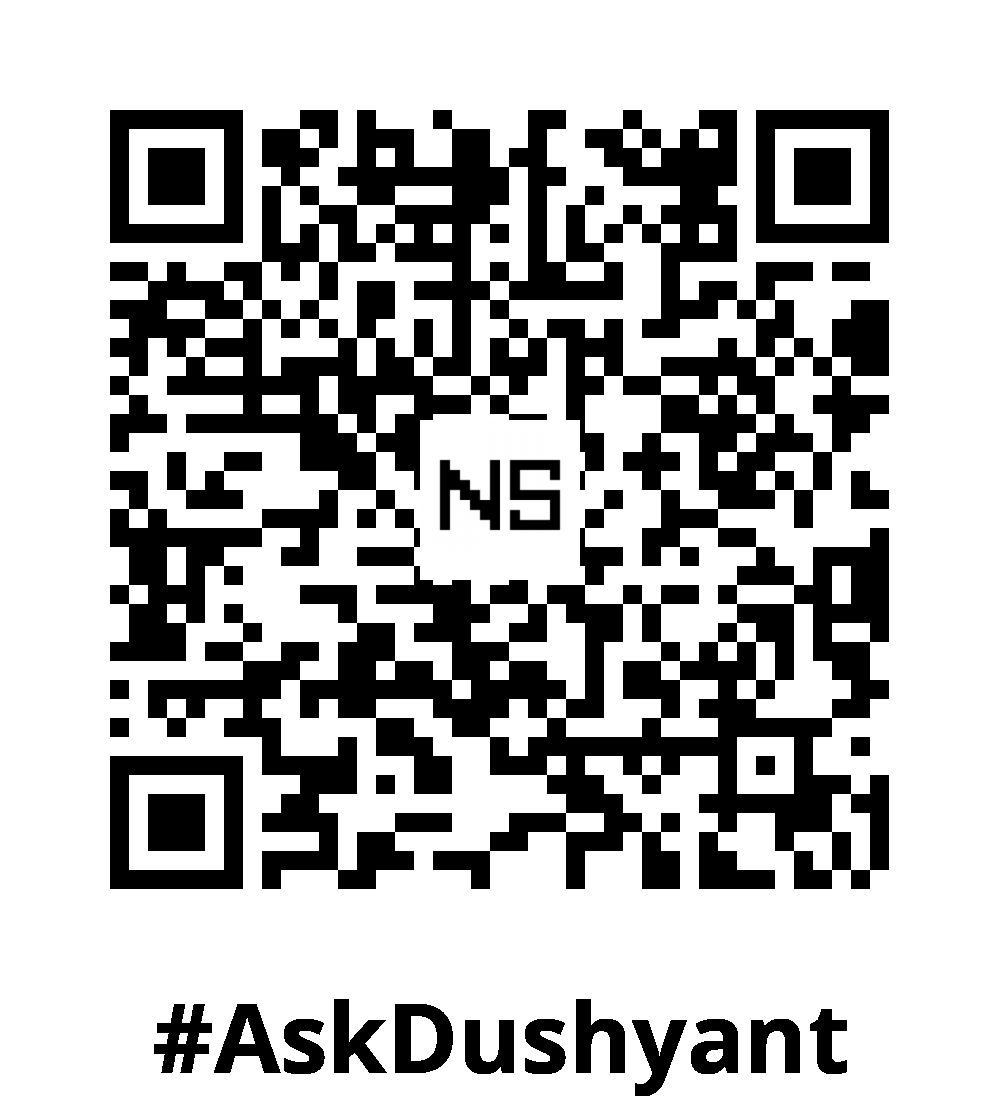As AI continues its rapid evolution, the demand for faster, lighter, and smarter model customization is at an all-time high. Fine-tuning has emerged as a go-to strategy to adapt pretrained models to specific domains or tasks without starting from scratch.
For over 20 years, I have led transformative initiatives that ignite innovation, build scalable solutions. In this AI-powered era, I turn complex challenges into strategic breakthroughs, empowering businesses to lead and thrive with confidence. This tech concept, explores the most effective fine-tuning techniques used in modern AI—including full fine-tuning, LoRA, QLoRA, adapter layers, prompt tuning, and more. Whether you’re customising LLMs like LLaMA or BERT, or tuning vision models, these methods let you extract peak performance while keeping compute costs low.
What Is Fine-Tuning?
Fine-tuning involves retraining a pretrained model on task-specific data. Instead of updating the entire architecture from zero, you only adapt relevant parts of the model to improve its performance on a new task.
Popular Fine-Tuning Techniques in AI
- Full Fine-Tuning
- LoRA (Low-Rank Adaptation)
- QLoRA (Quantised LoRA)
- Adapter Layers
- Prompt Tuning / Prefix Tuning
- BitFit (Bias Fine-Tuning)
- Differential Fine-Tuning
Let’s explore them and when to choose each:
Full Fine-Tuning
Updates all model weights. Offers maximum accuracy but is compute-intensive.
Best For
- Training from scratch or large task-specific datasets.
- Use cases needing maximum accuracy and flexibility.
Pros
- Highest performance and generalization.
- Fully adapts to new domains.
Cons
- High compute and memory costs.
- Requires A100, H100, or RTX 4090.
Example Use Case
Fine-tuning LLaMA 7B on a large proprietary knowledge base.
LoRA (Low-Rank Adaptation)
Injects low-rank matrices into model layers; trains only adapters. Ideal for large models on limited hardware.
Best For
- Efficiently tuning 7B–13B parameter models on consumer-grade GPUs.
Pros
- Low memory footprint.
- Easy implementation with Hugging Face PEFT.
Cons
- Slightly lower accuracy than full fine-tuning.
- Requires thoughtful selection of layers.
Code Example
from peft import get_peft_model, LoraConfig
lora_config = LoraConfig(
r=8,
lora_alpha=16,
lora_dropout=0.1,
target_modules=["q_proj", "v_proj"]
)
model = get_peft_model(model, lora_config)
QLoRA (Quantized LoRA)
Combines 4-bit quantization with LoRA to reduce memory usage while tuning large models.
Best For
- Fine-tuning LLaMA 7B or similar on 12–16GB VRAM GPUs.
Pros
- Extremely memory efficient.
- Enables training on desktop GPUs.
Cons
- Slight accuracy drop due to quantization.
- Setup is more complex.
Code Example
from transformers import BitsAndBytesConfig
bnb_config = BitsAndBytesConfig(load_in_4bit=True)
model = AutoModelForCausalLM.from_pretrained(
"meta-llama/Llama-2-7b",
quantization_config=bnb_config
)
Adapter Layers
Adds trainable modules between transformer layers while freezing the rest. Good for modular or enterprise systems.
Best For
- Modular systems and enterprise-scale multi-task learning.
Pros
- Highly maintainable.
- Avoids catastrophic forgetting.
Cons
- Slight inference overhead.
- Requires architectural adjustments.
Prompt Tuning / Prefix Tuning
Learns soft prompts or prefix embeddings without updating model weights. Suitable for lightweight adaptations.
Best For
- Quick adaptations for classification, NER, or text generation.
Pros
- Extremely lightweight.
- Doesn’t alter base model.
Cons
- Limited to prompt-sensitive tasks.
BitFit (Bias Fine-Tuning)
Updates only bias terms. Ultra-lightweight; great for classification tasks.
Best For
- Lightweight domain adaptation and classification tasks.
Pros
- Ultra-low compute and memory.
- Prevents overfitting.
Cons
- Not suitable for generative tasks.
Differential Fine-Tuning
Applies different learning rates to different model layers. Balances general knowledge retention with task-specific adaptation.
Best For
- Preserving general knowledge while fine-tuning for niche tasks.
Pros
- Flexible and precise control.
Cons
- Needs extensive tuning and experimentation.
Summary Comparison Table
| Technique | Ideal Use Case | Best Hardware | Memory Efficient | Flexible |
|---|---|---|---|---|
| Full Fine-Tuning | Training from scratch / full re-learn | A100, H100, RTX 4090 | ❌ | ✅✅ |
| LoRA | Customize large models efficiently | RTX 4080, 4090 | ✅ | ✅✅ |
| QLoRA | Fine-tune 7B models on 12–16GB VRAM | RTX 4070, 4060 Ti | ✅✅ | ✅ |
| Adapter Layers | Enterprise multi-task deployment | Any mid-to-high GPU | ✅ | ✅✅ |
| Prompt Tuning | Few-shot learning / limited data tasks | Any | ✅✅✅ | ⚠️ |
| BitFit | Simple classification fine-tuning | Any | ✅✅✅ | ⚠️ |
| Differential Tuning | Domain shifts in known architectures | RTX 4080, 4090 | ✅ | ✅✅ |
My Tech Advice: Fine-tuning is no longer one-size-fits-all. From memory-efficient LoRA methods to full-scale fine-tuning, your choice depends on hardware constraints, task complexity, and accuracy goals. Whether you’re fine-tuning a chatbot on custom datasets or deploying LLaMA on a local server, there’s a technique that fits your stack—and your budget.
#AskDushyant
Note: The names and information mentioned are based on my personal experience and publicly available data; however, they do not represent any formal statement.
#TechConcept #TechAdvice #AI #GPU #Computing


Leave a Reply